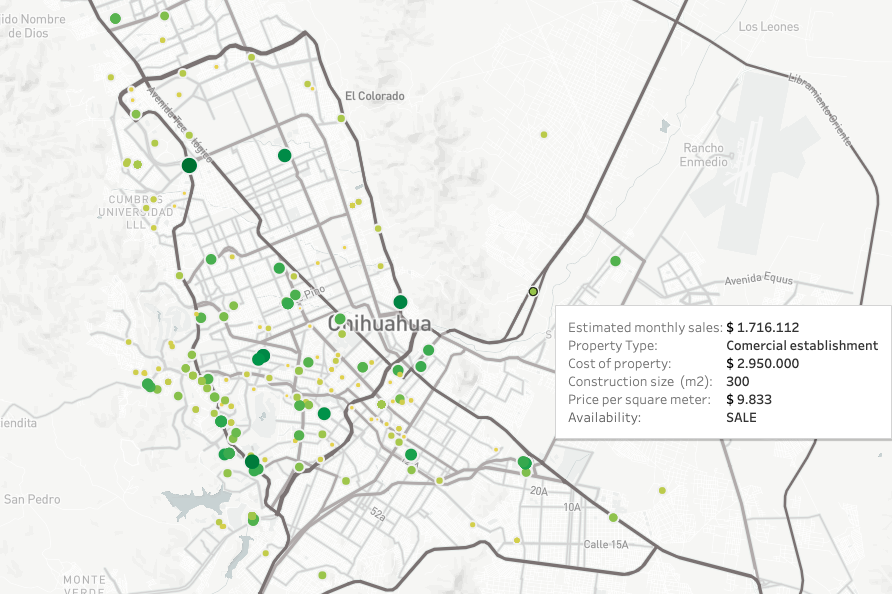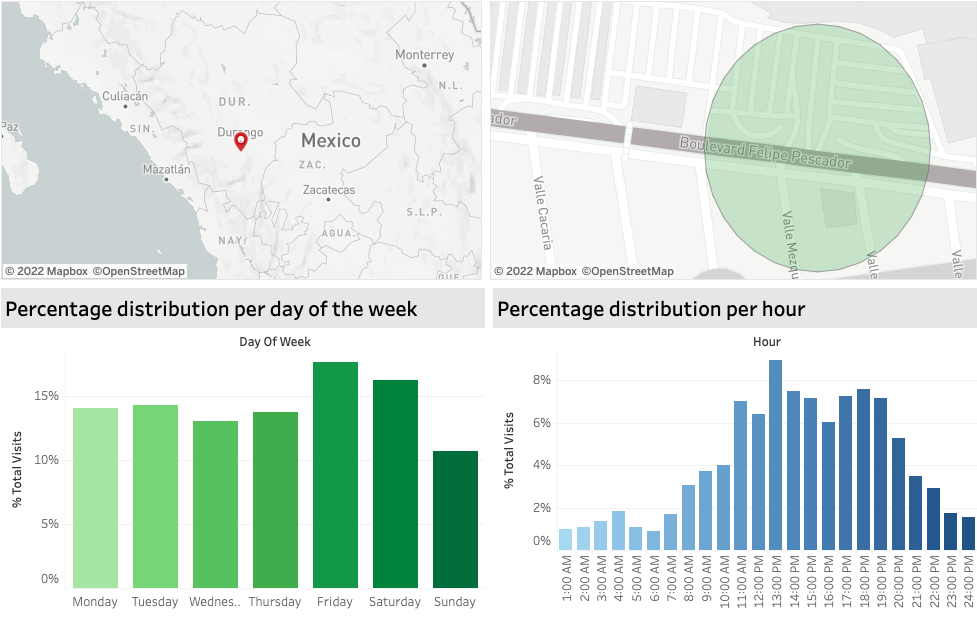The secret to site selection in such a competitive market is based on the ability to analyze the right data and be able to understand and interpret the site selection strategies of nearby locations to stay ahead of their expansion plans and gain a competitive advantage.
Where? This is the fundamental question that guides any site selection decision. Tools such as location intelligence and footfall analytics enable the aggregation, analysis and visualization of spatial data and bring significant advantages to the site selection process.

How to improve site selection strategies based on footfall analytics?
Footfall analytics can be done on a national level, on a regional scale, such as the Southeast, or even on a smaller geography, such as a metropolitan area, by formulating a list of high-level factors critical to project success, and then analyzing the search region by scoring the geographies within it based on those factors.

With this approach, it can be used to evaluate the characteristics of the workforce, proximity to critical infrastructure, presence of union activity, environmental conditions, etc. The goal is to determine the locations that best fit the project criteria. Location intelligence and footfall analytics are beneficial because they aggregate rich information, providing a visualization of the results, allowing the project team to draw faster and more effective conclusions by comparing geographies, accelerating strategy implementation.
You might be interested in: “What is geofencing marketing and how to use it?“
Among the data that can be leveraged for these expansive strategies are financial data, human mobility patterns, consumer behaviors, demographics, and widely used points of interest (POIs).
Retailers are developing a more informed strategy for their stores by incorporating these tools to make better decisions regarding site suitability, target audience, accessibility and revenue potential.
After performing this analysis, it is vital to combine this information as predictive models in order to optimize physical store networks. The models select a representative intersection of an area with a high level of positive influences (such as proximity to a desired demographic, or proximity to a point of interest that benefits the business) and a minimal amount of negatives (such as being too close to your largest competitor, or too far from any potential customer traffic), determining the top locations for any given business.

Uses and applications of footfall analytics to implement better site selection strategies for retailers
- Find ideal consumers and other attraction factors in the area.
- Knowing the constant traffic volumes and correct direction of foot traffic.
- Obtain good visibility and ease of access to retail outlets.
- Identify appropriate property types or zoning requirements to allow for new construction.
- Estimate the sales potential of any type of business in different areas of interest.
- Find the busiest and least busy times of day.
- Understand and reveal the performance of any of any point of sale.
- Identify the best performing locations in any region and in any sector.

Implement the best site selection strategies with PREDIK Data-Driven in relation to your target consumers, making sure to find the ideal area to place your new point of sale.

